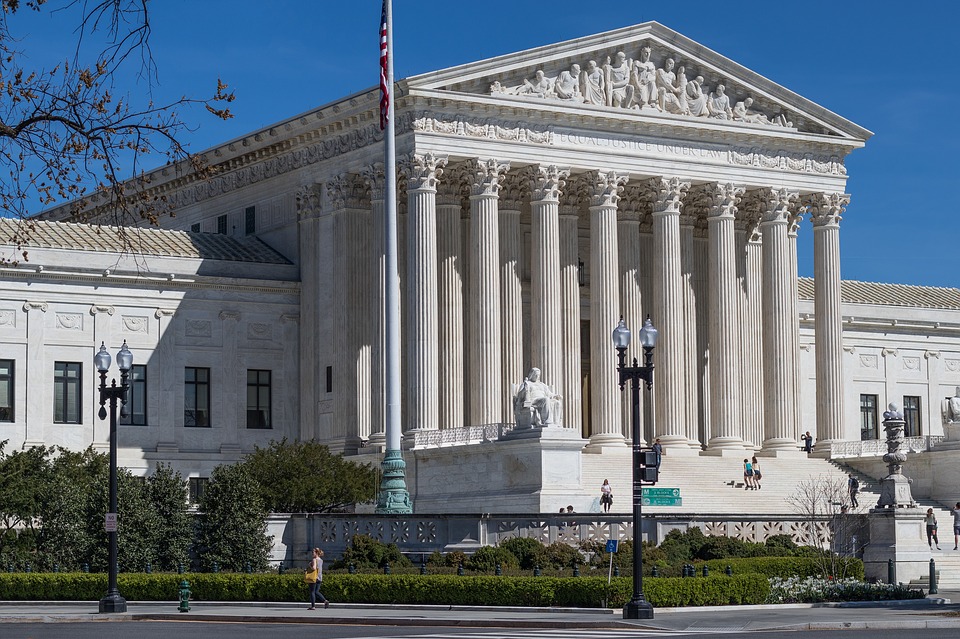Reuters' analysis of U.S. court secrecy: the methodology

- Country:
- United States
To measure the extent and impact of court secrecy, a team of Reuters journalists analyzed Westlaw data from 3.2 million civil suits filed in federal court between 2006 and 2016.
Reporters used a combination of artificial intelligence tools and manual case review. The computer-driven analysis, using a process known as machine learning, reviewed 90 million court actions and identified those in which material was filed under seal. This revealed that judges allowed litigants to seal material in at least 65 per cent of product-liability actions. But the docket descriptions are too brief to reveal the nature of the information filed under seal or what justification was offered for the secrecy. For that, reporters turned to the filings themselves and conducted a case-by-case review.
Court rules allow for sealing of records to protect company trade secrets and private information, such as medical records. What should not be sealed – without any meaningful justification by a judge – record pertinent to public health and safety. So Reuters sought to identify cases where public health and safety information has kept a secret without explanation. Reporters read thousands of court filings from 115 of the largest mass product-liability actions from the past 20 years. These mass cases are known as multidistrict litigation actions or MDLs. In an MDL, individual lawsuits are consolidated for all pretrial proceedings. Those lawsuits can sometimes number in the thousands.
Reporters determined the nature of the sealed material by reading unredacted passages or other public court documents that described the sealed content. At least 48 per cent of the 115 cases they reviewed contained sealed public health and safety evidence. Reporters then checked the court dockets to see if the judge offered any justification for the secrecy. In 85 per cent of the cases with sealed health and safety material, judges offered no reasoning in the court record. During the MDL review, reporters also identified 31 cases where critical motions were filed entirely under seal, a practice court rules discourage because truly confidential information rarely encompasses an entire brief. The critical motions included in this count were:
* Summary judgment motions, which often lay out in detail the strongest evidence collected in support of or opposition to the plaintiff’s claims. * Daubert motions, which seek to exclude an expert witness and often discuss critical evidence in the case.
* In limine motions, which seek to preemptively exclude evidence from an upcoming trial. * Class certification motions, which seek permission for multiple individual plaintiffs to sue as a group.
* Complaints, in which plaintiffs set out their claims against the defendants.
(This story has not been edited by Devdiscourse staff and is auto-generated from a syndicated feed.)
- READ MORE ON:
- Reporters
- journalists
- judges
- judge
- litigants
- plaintiffs
- plaintiff
- witness
- defendants
ALSO READ
Kerala HC stays single judge order upholding MVD circular on driving licence renewal
CJI terms retiring SC judge Aniruddha Bose 'bhadralok', compassionate person
Judge Throws Out Lawsuits Against Rapper Drake in Astroworld Tragedy
Pak: Judge recuses himself from case on 'external interference' in judicial affairs
Jailed PTI leader Qureshi hopeful of justice after senior judges claim interference in judicial matters










